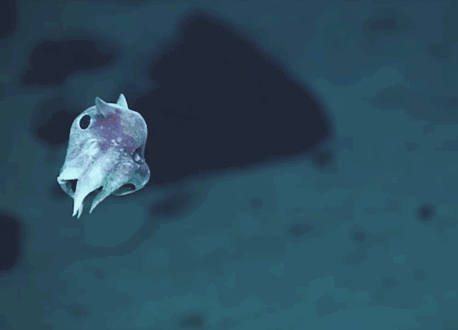

But a 7-mile-long cable, even if it is very strong, can break under its own weight. Researchers studying the deep sea often use nets, cameras or robots connected to ships by cables. Sending instruments to the ocean floor is pretty straightforward. Our team set out to explore the Mariana Trench from top to bottom in an effort to understand what lives in the hadal zone how organisms there interact how they survive under enormous pressure created by six to seven miles of water above them and what role hadal trenches play in the global ocean ecosystem. Ocean waters in these trenches are known as the hadal zone. The Mariana Trench is deeper than Mount Everest is tall. They extend 20,000 to 36,000 feet deep below the ocean’s surface. Deep-sea trenches form at subduction zones, where one of the tectonic plates that form the Earth’s crust slides beneath another plate. We discovered this fish during a survey of the Mariana Trench in the western Pacific Ocean. Studying its adaptations for living at such great depths has provided new insights about what kinds of life can survive in the deep ocean. We recently published its scientific description and officially christened it Pseudoliparis swirei. It has been seen living at depths of almost 27,000 feet. Our research team, which includes scientists from the United States, United Kingdom and New Zealand, found a new species of hadal snailfish in 2014 in the Mariana Trench. Nonetheless, hadal snailfish are some of the most successful animals found in the ocean’s deepest places. Its skin is so transparent that you can see right through to its liver. However, the world’s deepest-dwelling fish - known as a hadal snailfish - is small, pink and completely scaleless. They include viperfish with huge mouths and big teeth, and anglerfish, which have bioluminescent lures that make their own light in a dark world. Thanks to movies and nature videos, many people know that bizarre creatures live in the ocean’s deepest, darkest regions.


 0 kommentar(er)
0 kommentar(er)
